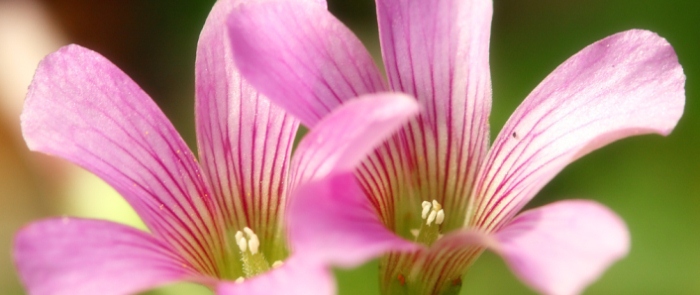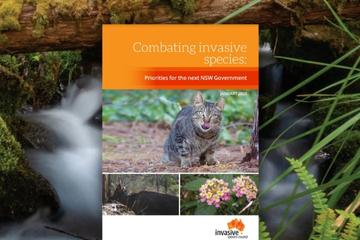Greetings to all.
This is the Invasive Species Council’s first foray into the blogosphere. We hope to make it essential reading for all of you involved in keeping Australian wildlife safe from invasive species – whether as a bush rehabilitator, conservation advocate, researcher or public servant.
Indeed, we hope to mimic successful invaders and flourish in the blogosphere by:
- Being useful or pretty to motivate our introduction into many new sites
- Displaying phenotypic plasticity that will allow us to thrive in diverse and difficult situations
- Resisting any attempts at eradication or control

We intend to keep you up-to-date with invasive species news and science, and to explore some of the issues (political, economic, cultural) that make this field of conservation so very challenging (and interesting). We will make a special effort to celebrate successes as an essential tonic for spirits jaded by setbacks and losses.
We are keen to hear your questions, opinions and ideas and hope to feature occasional guest-writers. (However, due to limited resources we won’t be able to respond to all comments or act on all good ideas.) Like successful invaders, we will adapt and evolve over time.
Our over-riding mission with this blog is to motivate more voices and more action in support of the reforms needed to protect Australian biodiversity from invasive species (visit ISC’s website for information about high priority reforms). The invasive metaphor for our mission is that we will strive to prey on, smother, trample or outcompete the native inertia, self-interest, indifference or ignorance that compromise the future of thousands of Australian species.
Before any more invasive metaphors are tortured to death, we will sign off. The next blog will be the first of several we will devote to the new federal biosecurity legislation (the Biosecurity Bill 2012). The Bill itself is not riveting reading but our readers will understand that slight differences in the dry words that make it through Parliament could make a huge difference to the number of new invasive threats that cross our borders and our capacity to limit the harm of existing threats.



